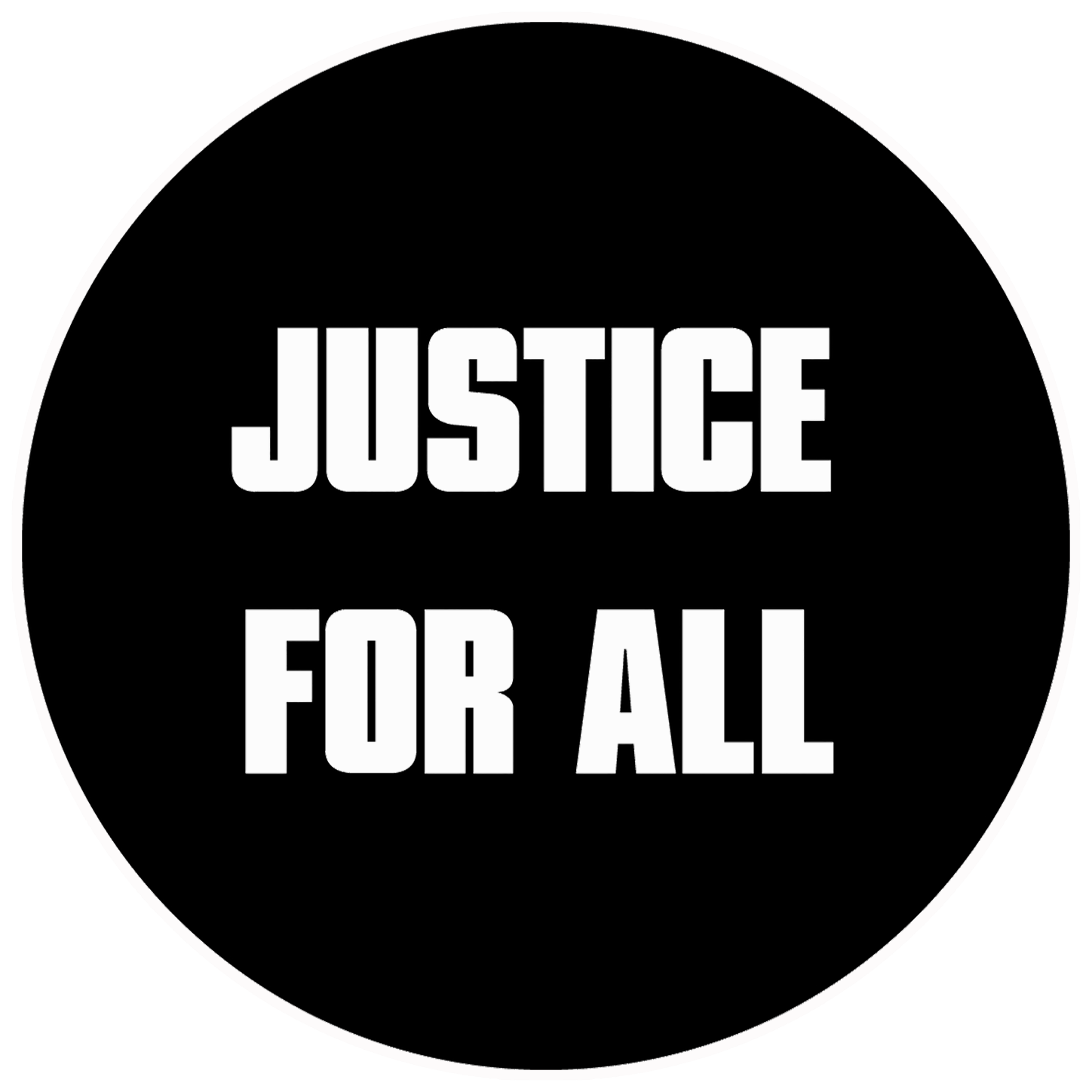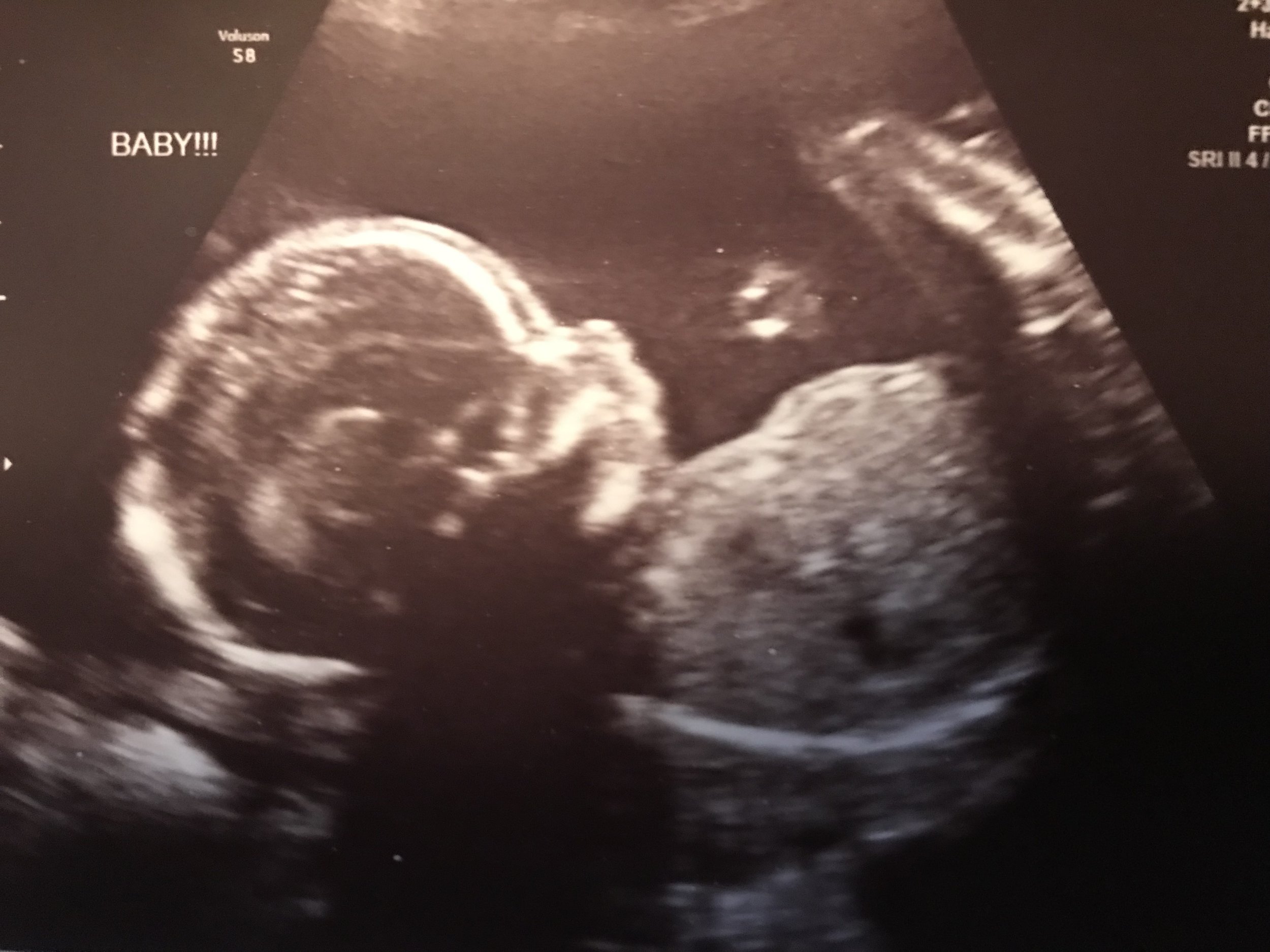Impact Report, June 2019
In this Impact Report, we share a story that’s been passed down from the early days of Justice For All. The lead character is a four-year-old we’ll call “Rachel” (name changed for privacy). If Rachel was able to help save an unborn child’s life, can’t we do the same?
In the story, Rachel makes use of video footage captured using a technique called embryoscopy. At the time when the story took place, embryoscopy footage was rare and rarely seen. But now the Endowment for Human Development (EHD) has made embryoscopy footage free and readily available through a stunning website, EHD’s amazing apps, and through a new short film (see video below).
JFA recently released a K-4 lesson plan for free on the web (sign-up for updates required). The lesson plan features the video footage from EHD with the hope that we can enable thousands of churches, schools, and families to teach their children (and adults!) to do what Rachel did so naturally: speak up for those who can’t speak for themselves. - Steve Wagner, Executive Director
When “Rachel” went to preschool, she just had to tell her teacher what she had seen.
Rachel had recently climbed into her daddy’s lap as he was preparing the next day’s lesson for his ninth grade biology class. Together, they watched rare footage of very young unborn children, captured using a technique called embryoscopy. Unlike the sonography of the time, these video images were crystal clear. They watched the heart beating through the semi-transparent skin of the embryo. They saw the young fetus move her hands and legs. They watched unborn children open and close their mouths. Rachel was electrified.
As JFA’s founder, David Lee, paraphrased the story years later, here’s what happened next:
Soon after seeing the video with her father, Rachel told her preschool teacher that she had seen babies in their mother’s tummies. She described them in detail. Of course, her preschool teacher knew that wasn’t possible and gently scolded Rachel: “While that is a fun story, it is not really a good thing to make up stories.”
When Rachel’s mother came to pick her up, the teacher felt it necessary to inform Rachel’s mother that she had scolded Rachel for not being entirely truthful. Rachel’s mother replied, “On the contrary, she did see that, sitting in her father’s lap, because he was going to be showing it to his biology class.”
Of course the preschool teacher felt awful. But what might have been the end of a slightly embarrassing story was only the beginning. Not long after, the teacher was entering her apartment, unlocking the door, when she was tapped on the shoulder by her neighbor in the apartment building who was holding a pregnancy test. The neighbor said, “Can you help me read this? I’ve never done this before.”
The teacher was a little embarrassed by the situation, but as a Christian, she decided she must help. She welcomed the young woman into her apartment. Together, they read the test. Her neighbor was pregnant.
The neighbor could only say, “Would you help me go to get an abortion?”
The preschool teacher was shocked and said, “I could never help you do that. I couldn’t help you kill your baby.”
Then it was time for the neighbor to be shocked as she said, “What do you mean, a baby? I’m just four or five weeks pregnant. How could it be a baby?”
““What do you mean, a baby? I’m just four or five weeks pregnant. How could it be a baby?”
The light went on in the preschool teacher’s head: This young woman needed to see the very same footage that Rachel had been talking about at the preschool.
The teacher talked to Rachel’s mother and shared the story about the neighbor who was pregnant and intending to get an abortion. “May I borrow the video to show my neighbor?”
To make a long story short, she did show her neighbor and the boyfriend that video. And there’s a baby whose life was saved, in part because a four-year-old saw video of unborn children and shared it with her friends and her teacher.
If a four-year-old can learn about unborn children and speak up for them so naturally, we think elementary school students (and the rest of us) certainly can watch similar video footage and share what they’ve learned. We think we’ll see lives saved as a result. That’s why JFA has just released our first elementary school lesson plan for widespread use: “The Baby’s Heart Beats Like Mine.” Please click here to access it, download it, share it, and teach it!
Although the lesson can be fun for any age, it’s intended for use with students in kindergarten through fourth grade. As for older students, why not encourage them to help you teach the lesson to your younger students?
In this lesson, K-4 students identify with unborn babies through a series of experiences, including feeling their own heartbeats, seeing the unborn baby in the womb, naming similarities they share with unborn babies, making a bracelet that reminds them of when the heart begins to beat, and narrating what they learned to their parents. The goal is to help them value all human beings including the smallest ones and to get conversations about unborn babies started in churches, schools, and the broader culture.
This K-4 Lesson Plan is well-suited for one-to-many instruction in religious elementary schools, Sunday school environments, and homeschool co-ops, and it's also well-suited for use by parents and grandparents in teaching their kids and grandkids one-to-one.
Justice For All makes this copyrighted Lesson Plan available to anyone to use. To share it with anyone anywhere in the world, use the address www.jfaweb.org/heart-beats-like-mine. You’ll be directed to sign up as a "JFA Content Subscriber." That's free. It's just our way of making sure we can keep in contact with folks using the lesson plan. (Or, you can share this lesson plan summary and letter using the link www.jfaweb.org/june-2019.)


